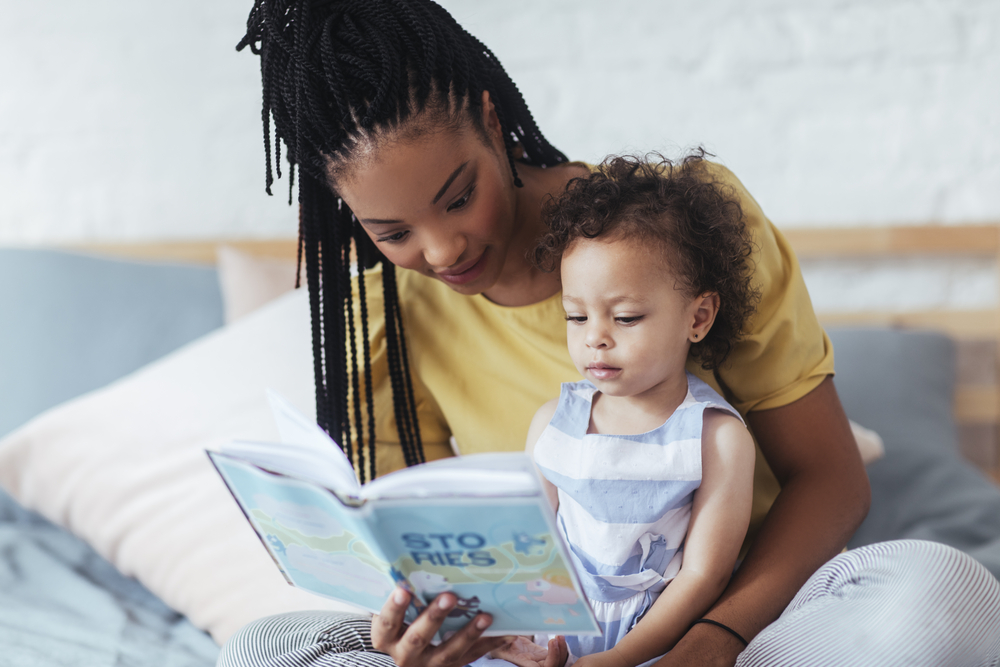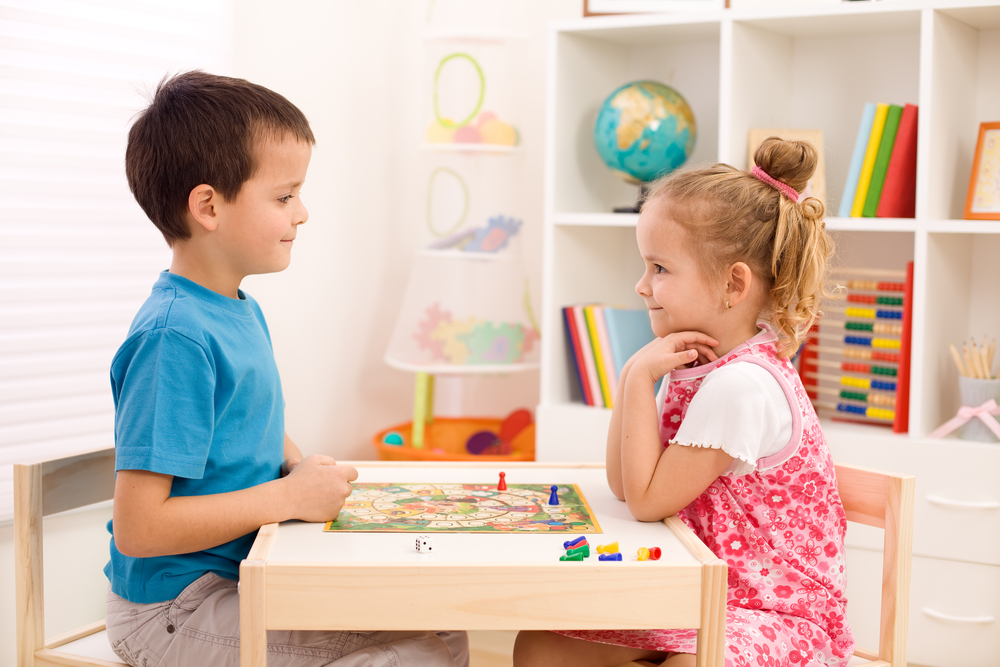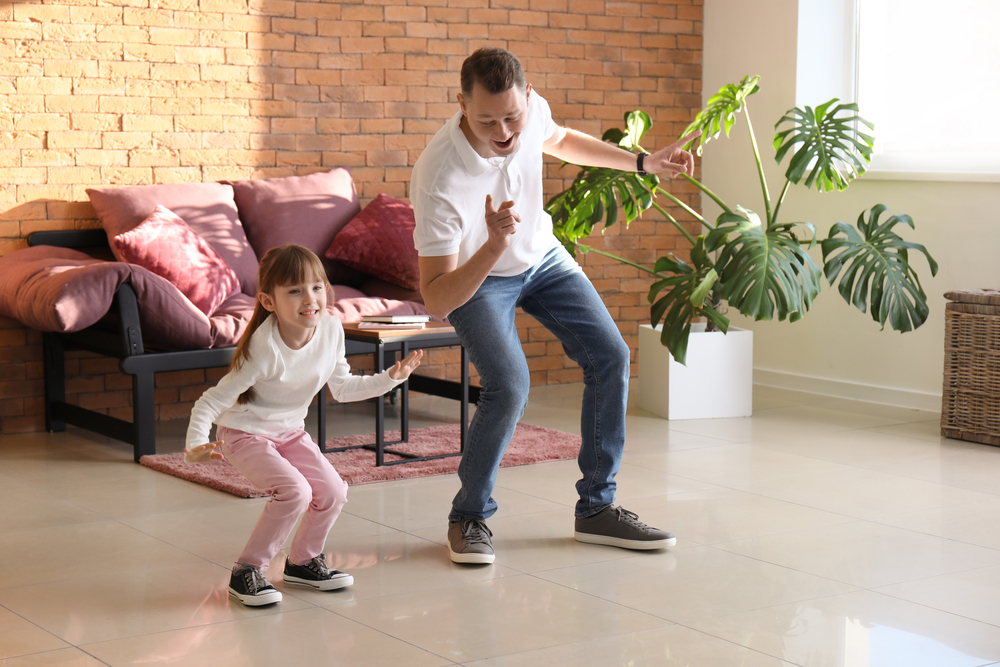What’s the most effective way to begin teaching verbs for kids? If you’ve been asking yourself this question, you’ve come to the right place!
We know how challenging it can be to come up with fun and effective ways to help your child learn verbs.
You may have turned to online resources for inspiration, but some activities you found are either a hit or a miss, while others just require too much time and effort for a busy parent like you.
So what can you do? Turn to HOMER, of course!
Our learning experts have been creating fun and engaging educational activities for kids for years and have learned a thing or two about effective ways to teach verbs.
In this detailed guide, we’ll share a few methods to practice verbs at home and a list of action words you can start introducing to your child today.
Let’s get started!
What Are Verbs?

Before we begin teaching verbs for kids, it’s essential that we first refresh our own memories. What are verbs again?
There are several types of verbs, but in this article, we’re focusing on action verbs. These are “doing words” because they express what the subject of a sentence is doing. (Tom runs away, Maria jumps up and down, Susan drives very fast.)
Verbs are special because they can be used in simple sentences (“Tom sings.”), and a single verb can also be a sentence (“Dance!”).
How To Recognize Verbs
There are few ways to help your child recognize verbs in a sentence, but for young children, it’s most beneficial to let them see you using them.
For instance, ask them, “Can you…?” Can you jump, dance, scream, eat, laugh, run, etc.? Once your child does the action you’ve mentioned, you can say something like, “Yay for action verbs!”
Keeping things playful while incorporating the vocabulary into your everyday activities is a great way to help your child pick up on verbs.
When Will Your Child Begin Using Verbs?

It’s challenging to explain how many verbs kids should use when they are toddlers. That’s because many factors can influence a child’s language development.
While there might be a few variables, at 24 months, most toddlers can say at least some verbs. You can help them by actively introducing new verbs every month through different games and activities.
As children get older and are exposed to more words in the English language, they will naturally start introducing a variety of verbs into their speech.
Here’s a look at what you can expect from your growing child.
19 – 28 Months Old
- Using verbs to express an activity that’s presently happening. They are instantly recognizable with their “-ing” ending. For example: playing or jumping.
3 – 4 Years Old
- Using verbs to express what happened in the past without the use of an “-ed” ending. For example: went, hurt, hit, etc.
- Children at this age also learn how to use a regular past tense verb with an “-ed” ending (played, liked, etc.), which helps describe what has already happened.
Note that some children will continue to generalize the past tense ending at three and even four years old with some verbs (“I hurted my knee.”)
4 Years And Older
As children enter kindergarten and preschool, they may have a basic, intuitive understanding of verbs as they learn new vocabulary and action words. When they are in late first or second grade, many schools begin to offer more formal instruction in grammar.
Language development is an essential part of a child’s growth, and helping your child understand verbs is beneficial as they learn about other parts of speech.
How To Practice Verbs For Kids
1) Action Charades

What You’ll Need:
- Pen or marker
- Pieces of paper
- Hat or bowl
- List of verbs
What To Do:
Playing charades is one of the simplest ways to help your child practice verbs.
All you need to do is write verbs on pieces of paper (one verb per paper), drop them into a hat or bowl, and then mix them up. After that, players will take turns pulling the verbs from the hat or bowl and proceed to act them out.
This activity can be great for the whole family on game night. To keep things fresh and exciting, change the verbs each time you play (this might require you to have a thesaurus nearby!).
In addition to developing an understanding that some words are action words (verbs), your child has the opportunity to build their vocabulary by playing this game. They’ll be exposed to new words, understand their meaning as they are acted out, and learn synonyms as others guess the action that is taking place.
2) The Verb Game

What You’ll Need:
- Marker or pen
- Paper
What To Do:
Most children understand verbs as the “doing words” in a sentence. But what happens when you replace one verb with another? How does that affect the sentence as a whole?
You can help your child answer these questions by playing the verb game. All you need to do is write down a sentence with an action. For example, “I can jump 10 times.”
Then, players take turns changing the action verb. It might look like this: “I can shout ten times, I can wiggle ten times, I can stick my tongue out ten times,” etc.
Don’t be too concerned about which verb you choose to add. The sillier the better!
This is a great activity to help emphasize that verbs are the action words in a sentence and changing them will change the meaning of that sentence.
3) A Verb Time Machine

What You’ll Need:
- Construction paper
- Two blank sheets of other paper
- Crayons
- Scissors
- Plastic arrow game spinner
- Small object to use as a game piece (paperclips work well)
What To Do:
Encourage your child to draw a time machine on a blank sheet of paper and color it in. They don’t have to be the best artist here — just a simple rectangular shape with an antenna at the top will be fine.
On the construction paper, assist your child in drawing a single road in the center. This road can have numbers from one (at the bottom) to seven (at the top).
After doing so, help your child cut out the time machine and paste it onto the construction paper at the end of the road they’ve drawn.
Lastly, help your child draw a large circle on your second blank sheet of paper. Divide this circle into three sections: Right Now, Yesterday, and Tomorrow. Then place your spinner at the center.
The concept of this activity is simple: Your child will race to get to the time machine at the end of the road.
Here are the steps to get there:
- Start by saying a verb (for example: jump)
- Spin the plastic arrow game spinner
- Whoever is playing will say the verb in the tense of where the spinner lands. For instance, if it lands on “yesterday,” the player needs to say jumped.
- If you get it right, move your game piece from one to two on the road to the time machine. Who will make it to the time machine first?
This is a great activity to help your child practice their verb tenses. You can even ask them to create a sentence with that verb tense for an extra point!
Verbs For Kids

To get started with some of the activities above, you’ll need a list of verbs for children to practice.
Here are some examples you can use:
- Run
- Shout
- Jump
- Sing
- Dance
- Read
- Swim
- Skip
- Kick
- Write
Verb Tenses
One of the activities above (A Verb Time Machine) helps children practice their verb tenses. Games like this are essential because children understand the idea that different words are used when you describe a past event, but, as we mentioned, they generalize the rules.
For example, a child might say, “I maked a picture” instead of, “I made a picture.” Or, “I goed to school” instead of, “I went to school.”
Therefore, it’s important to continue practicing verb tenses (past, present, future, and ongoing) so they get comfortable with them.
While doing so, remember to emphasize the words that help the verbs. For example, change the sentence, “I wash my clothes” to, “I am washing my clothes” or, “I will wash my clothes.”
You don’t necessarily need to explain the process of changing the verbs in detail. Children learn best through modeling from others, making small steps in the right direction, and repetition, so the more practice they get the easier it will be to grasp this concept.
Here are a few examples of verb tense changes that you can add to the activities above:
- I walk to school — I walked to school — I will walk to school
- I eat some food — I ate some food — I will eat some food
- He laughs — He laughed — He will laugh
- He runs fast — He ran fast — He will run fast
It’s Time For Verbs!

Verbs are an essential part of our speech because they help us express what action is, was, or will take place. The activities above will help your child practice verbs for kids while also having fun.
Language development is important and helps children become confident communicators. Check out the HOMER Learn & Grow app to learn more about how you can help your child continue developing this essential skill.
,


